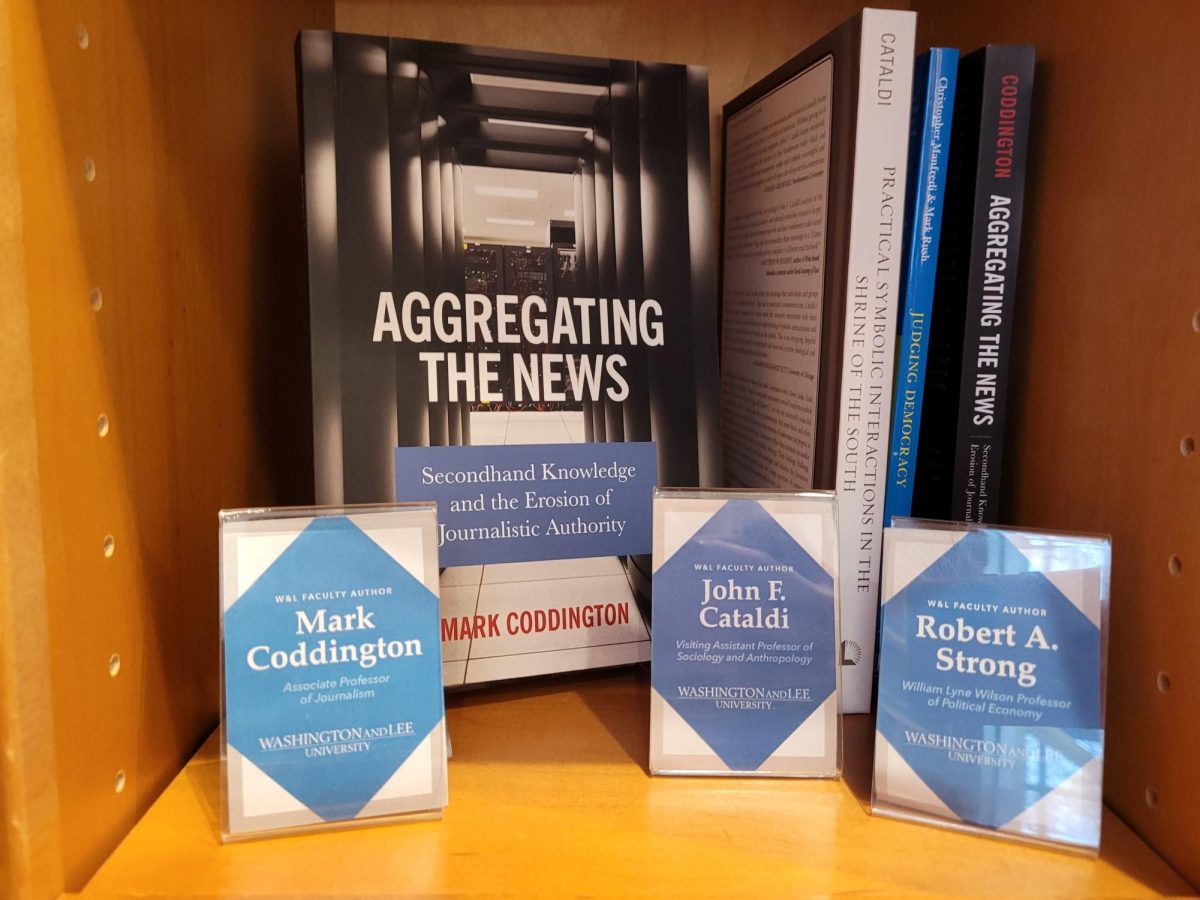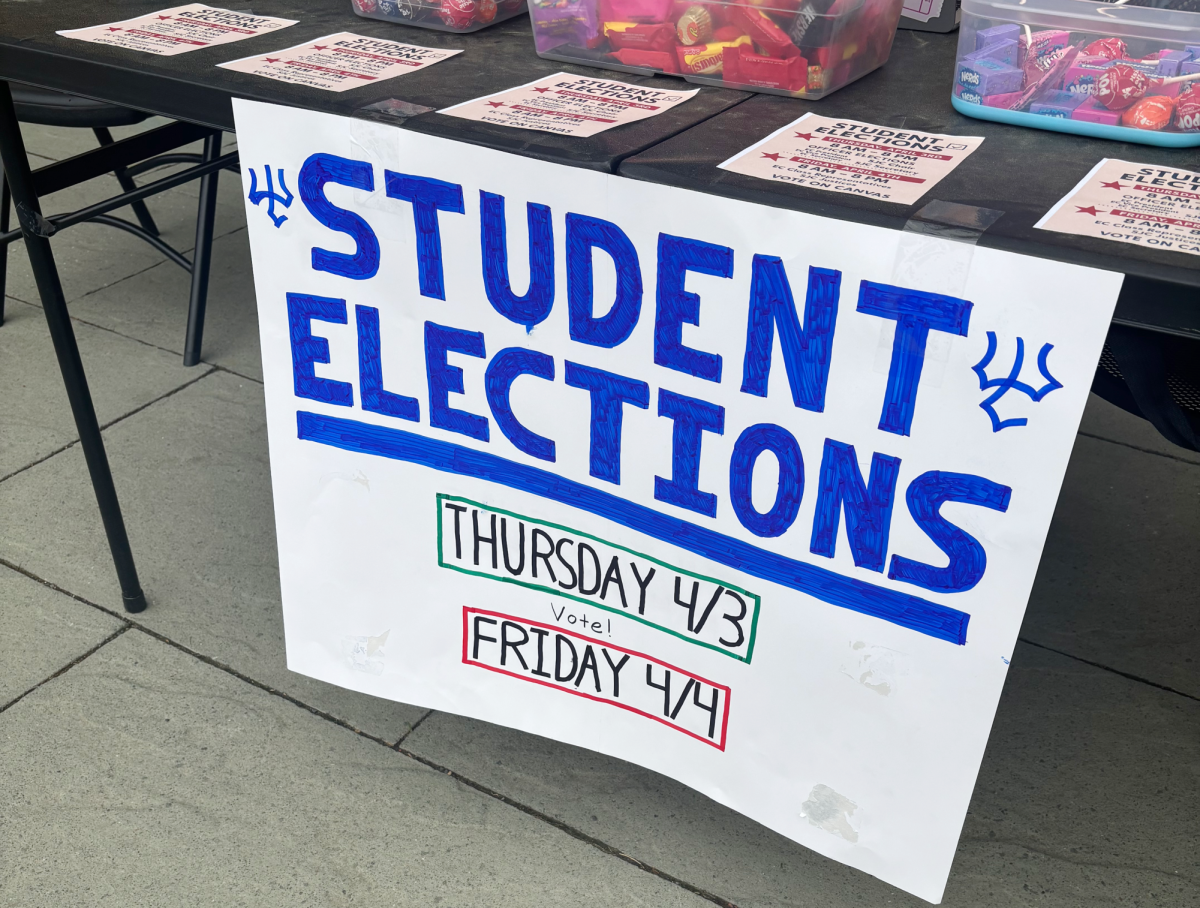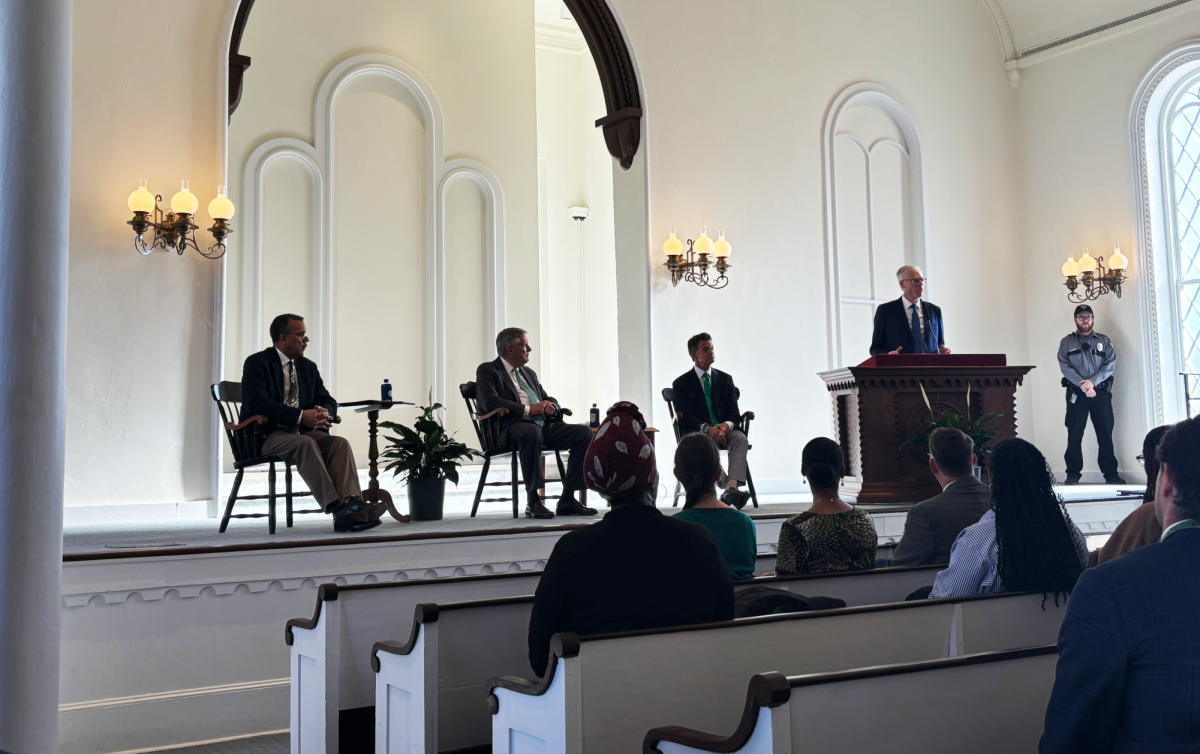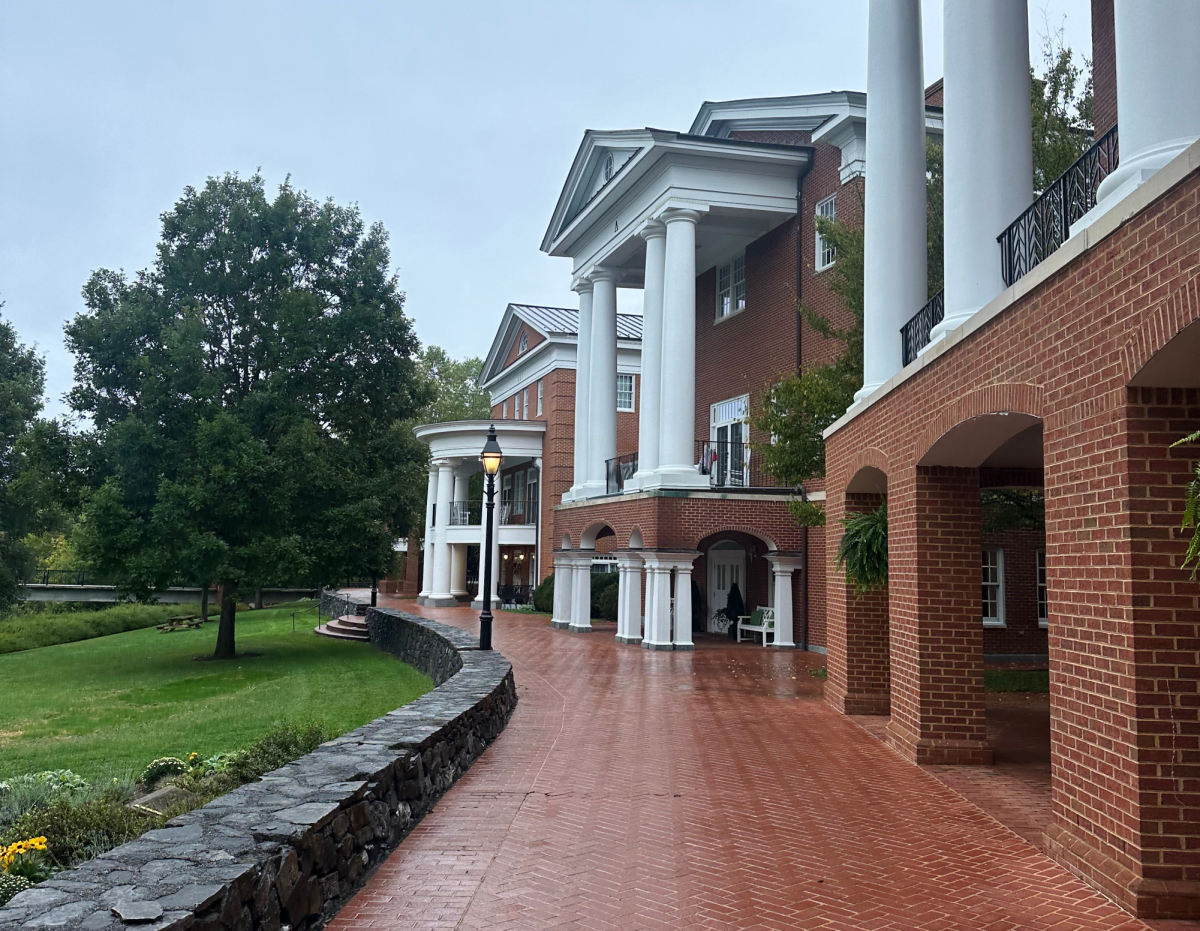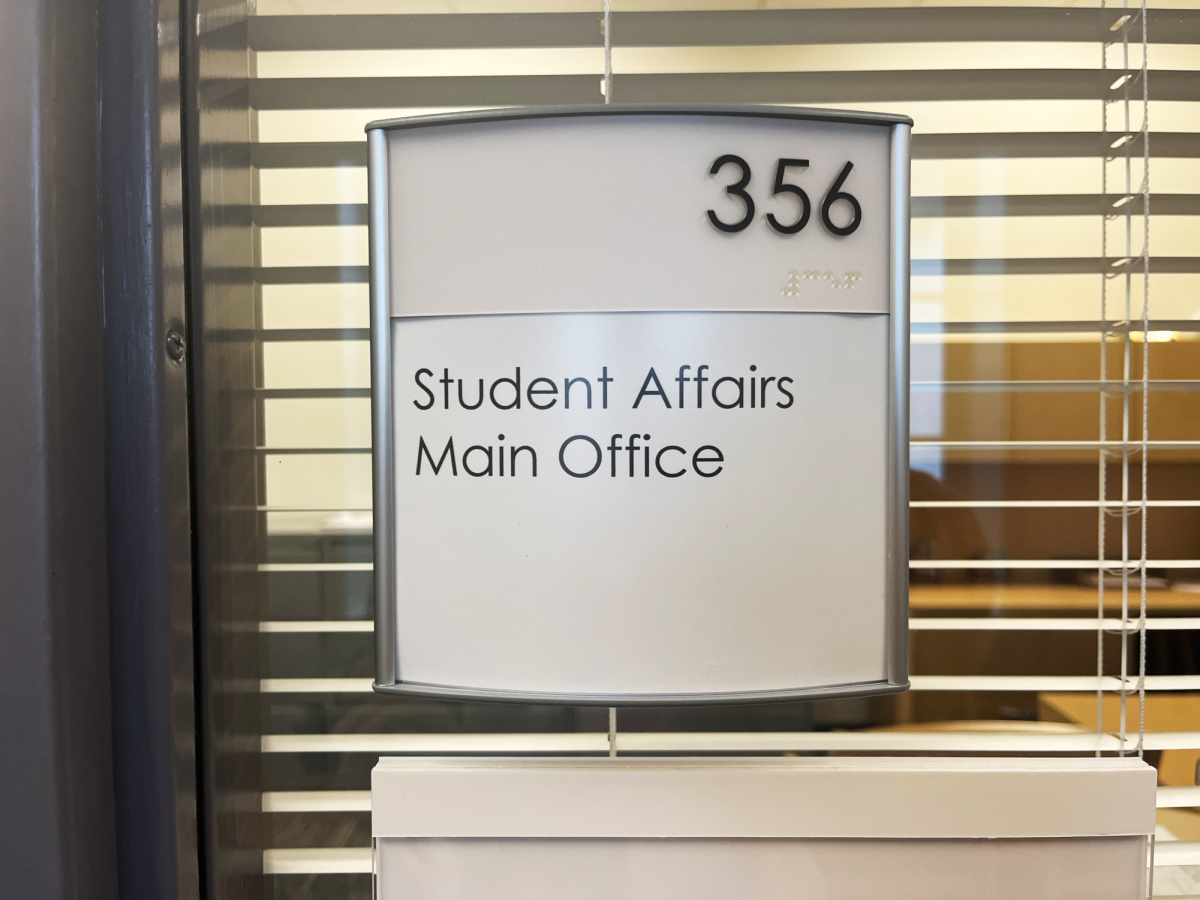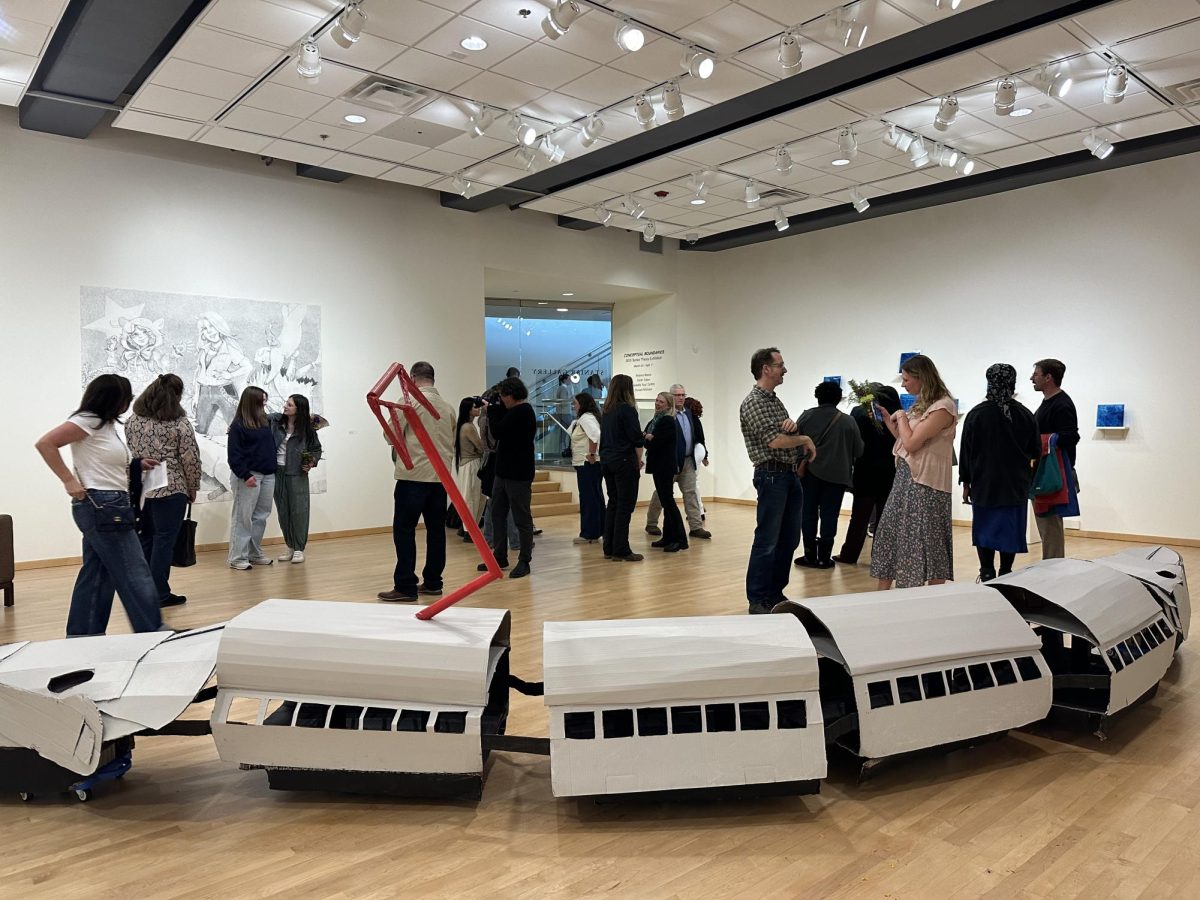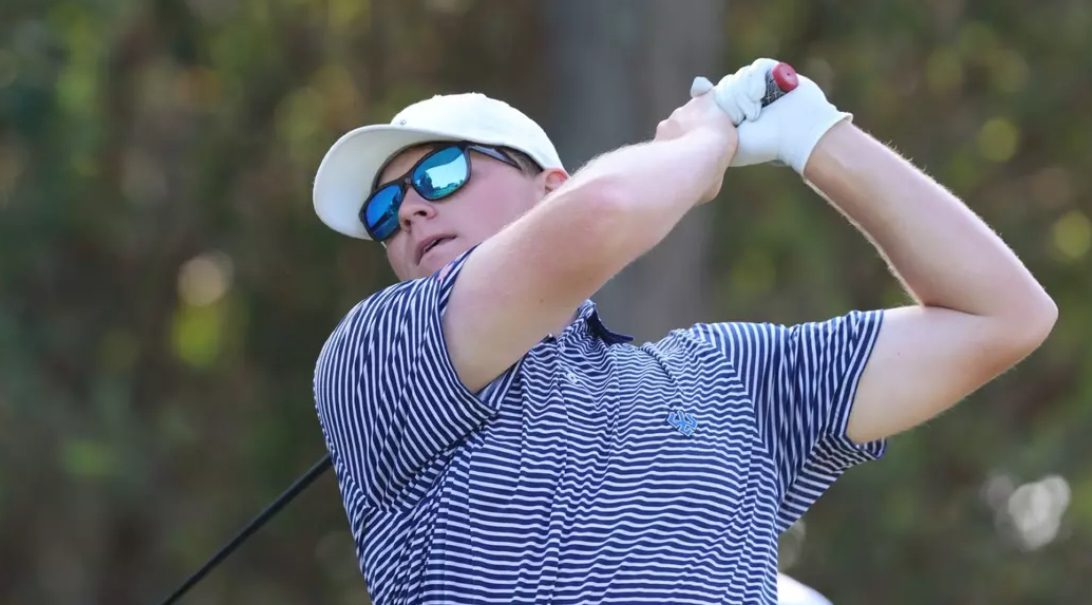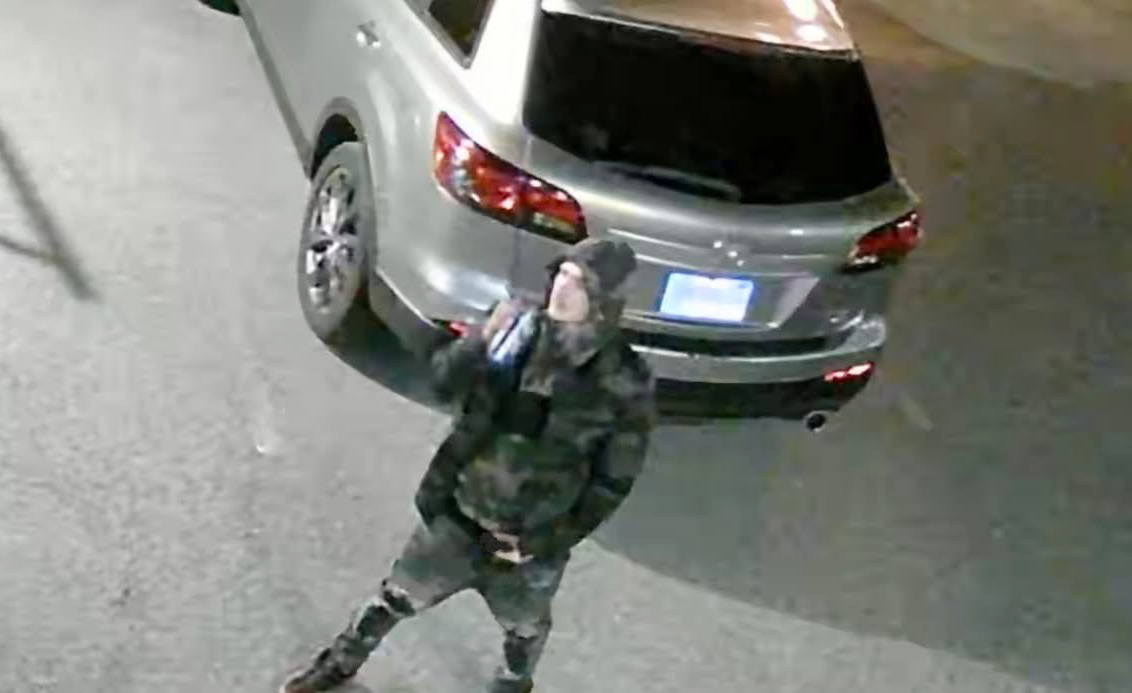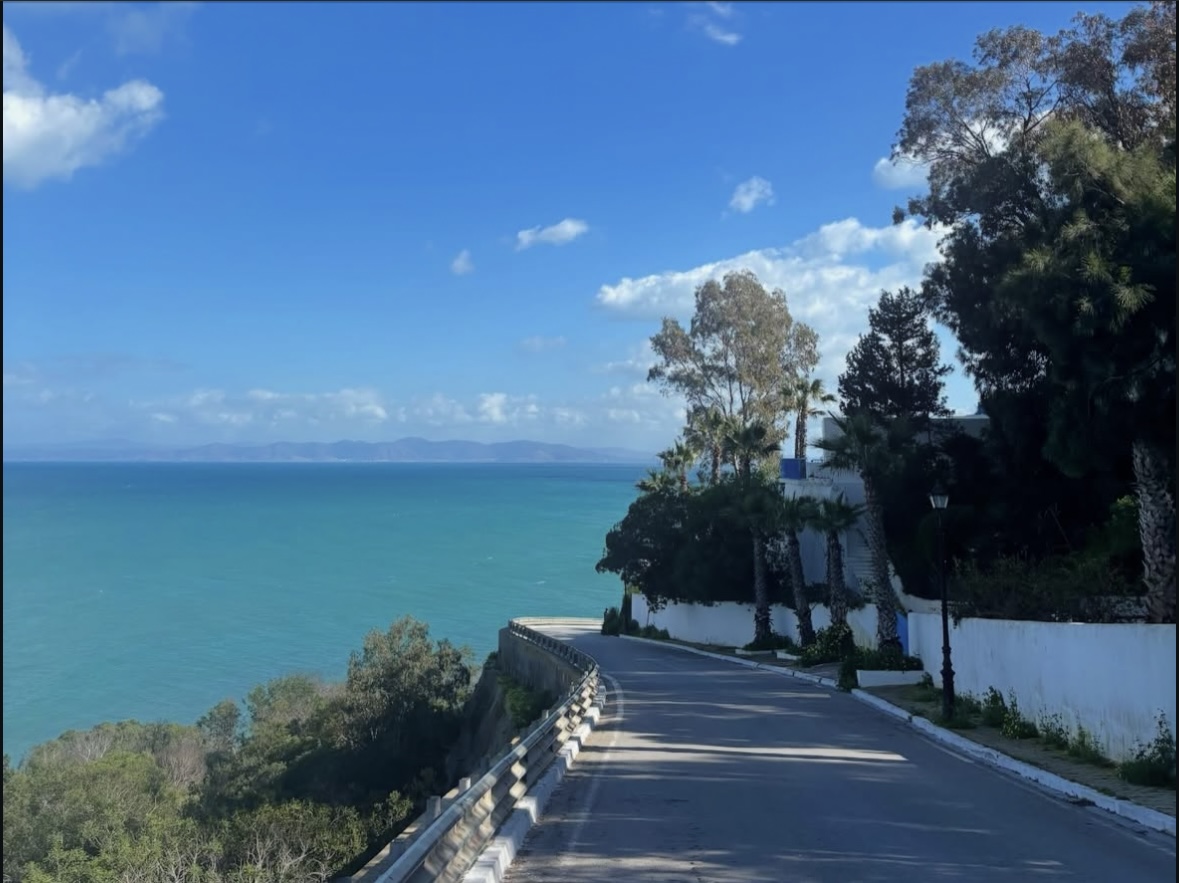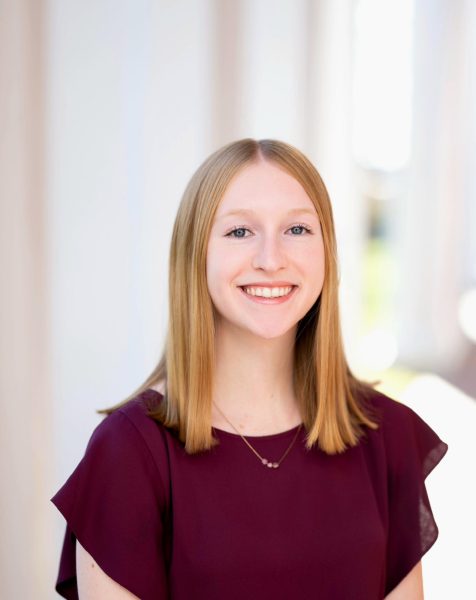Mark Coddington, associate professor of journalism and mass communications, said it is difficult to strike a balance between research and teaching.
He works almost constantly on his research, which can take several years to be published. But he said it is hard to make progress on it while teaching.
That’s why he decided to take a research leave this year, during which he will work on three projects. The first is a continuation of his studies on how news stories differ in presenting evidence, which compares conservative and progressive news sources. Coddington hopes to publish a research article by the spring.
He’s also the United States representative in an international study involving 14 countries. In this collaborative project, Coddington compares the structure of newsrooms around the world. His third research project involves interviewing evangelist journalists about their intersecting identities.
Working on three research projects at once can be difficult to manage, especially with collaborative projects, Coddington said.
Washington and Lee places a greater emphasis on teaching compared to research. Faculty are generally required to contribute in three spheres, teaching, research and service, to receive tenure at the university.
Faculty like Coddington who have a drive to complete a lot of research may find themselves strained.
Research at Washington and Lee can take many forms, and the workload looks different for each professor. Each department has its own requirements for research.
Emily Filler, the newest addition to the religion department, is also on leave this semester. She is completing her book on violence in the Bible, specifically the Hebrew Bible, also referred to as the Christian Old Testament.
“The balance is difficult, and I miss stu-
dents,” Filler said. “In truth, after a really long year, it’s hard to start writing.”
Filler said she misses being in the classroom partly because much of her research is inspired by questions asked by students.
“I think about all the times I’ve read the Hebrew Bible in my life, and every time I teach it, students have new insights that are so smart,” Filler said. “I had a freshman, who had never read the Bible, [and] saw something. I was like, ‘That’s genius, I don’t know if anyone had ever had that thought before.’”
Prestigious liberal arts schools put a “high premium” on both teaching and research, Filler said. But she thinks research is “emphasized less here” in comparison to large universities.
Coddington said publication demands are far larger at research universities, likely because professors there have graduate students assisting with tedious processes.
For students majoring in the sciences atWashington and Lee, assisting professors with research during their undergraduate education is commonplace.
Juniors Marcie Bernard and Liz Blakelytook a spring term course based in Yellowstone National Park with Professor Bill Hamilton, the head of the biology department. Now, they assist him in his research.
Hamilton has studied the ecological impact of bison on the park for a decade. Cattle ranchers in the surrounding area believe bison transmit a disease known as brucellosis, which can cause spontaneous abortions in cows. Hamilton argues there is little evidence behind this belief.
Hamilton’s research could help park management understand how to best handle the large population in Yellowstone. 5,900 bison were counted during the summer of 2022, according to the park’s website.
Bernard and Blakely both receive one credit for their four hours spent each week in the lab. They said they enjoy their time helping Hamilton, while still getting valuable experience.
“It’s mostly sifting soil samples or examining leaves,” Blakely said. “But it’s calming work. I listen to music or watch a movie while I do it.”
At a small university like Washington and Lee, professors taking research leave can also greatly impact class schedules.
Coddington is the only professor that teaches “Social Media: Principles and Practice,” so the class isn’t being offered this semester.
“When it’s a class students need to take, professors that don’t normally teach the class will slide over and take it for a semester,” Coddington said.
For most departments, the volume of research professors must publish is not definitive. Coddington said the journalism department keeps it vague, but it’s custom to be actively researching and publishing.
Calculating the number of professors currently conducting research and publishing work is difficult.
“The university has struggled for years to get a truly complete list of all the research and publishing,” K.T. Vaughan, the university librarian, said.
She said this is a common issue amongst universities.
Faculty Accolades, a section in the university magazine known as The Columns, includes about 80 articles on faculty this year. Some include coach awards, but most cover accomplishments such as publications and grant receivals.
But Vaughan said it is challenging to categorize some professors’ work due to the differing nature of publishing and scholarship across departments.
“Do you include the new art professor’s gallery installation?” Vaughan asked. “What about a whitepaper, federal report or grant report? What about talks at professional conferences?”



